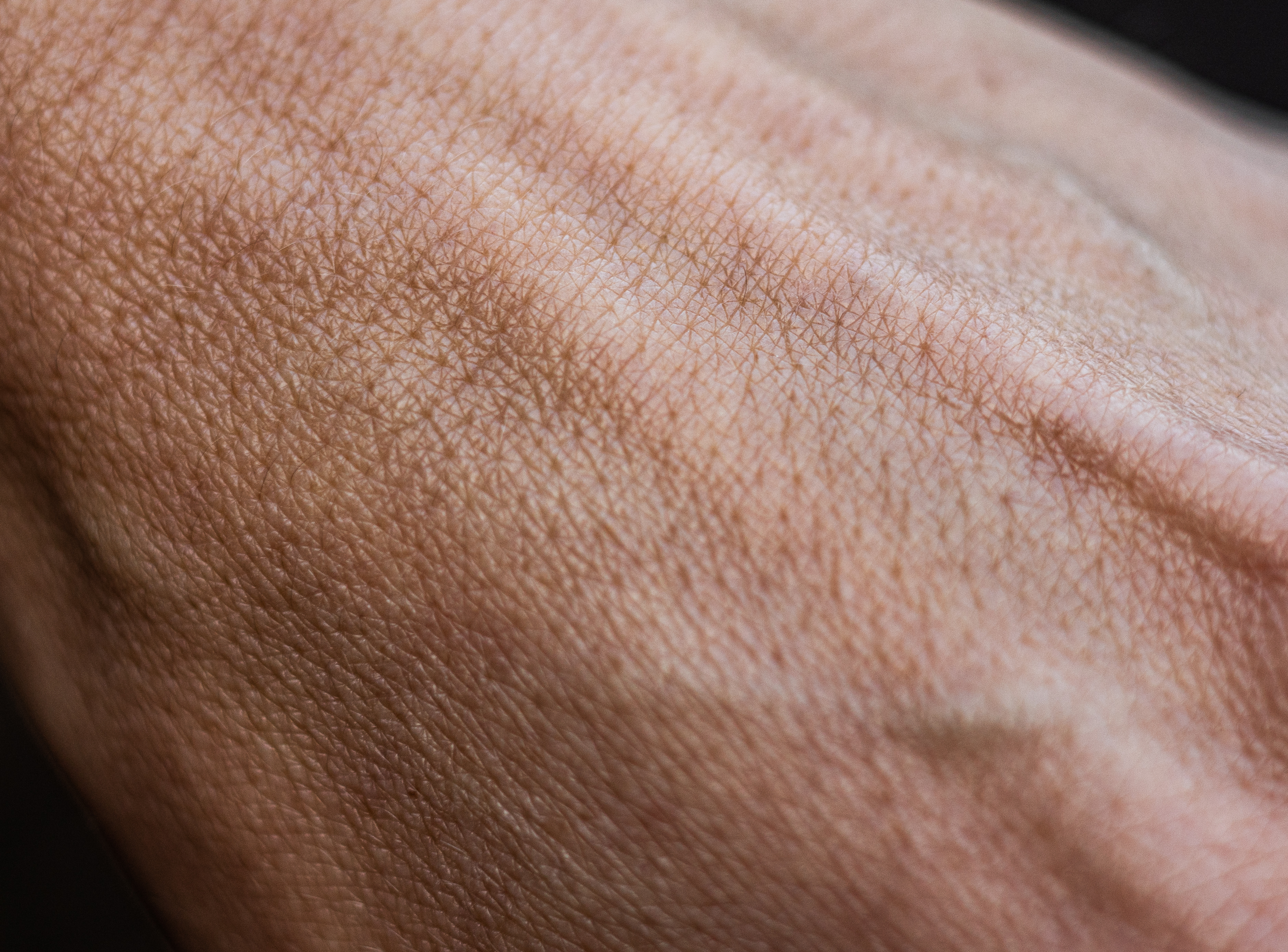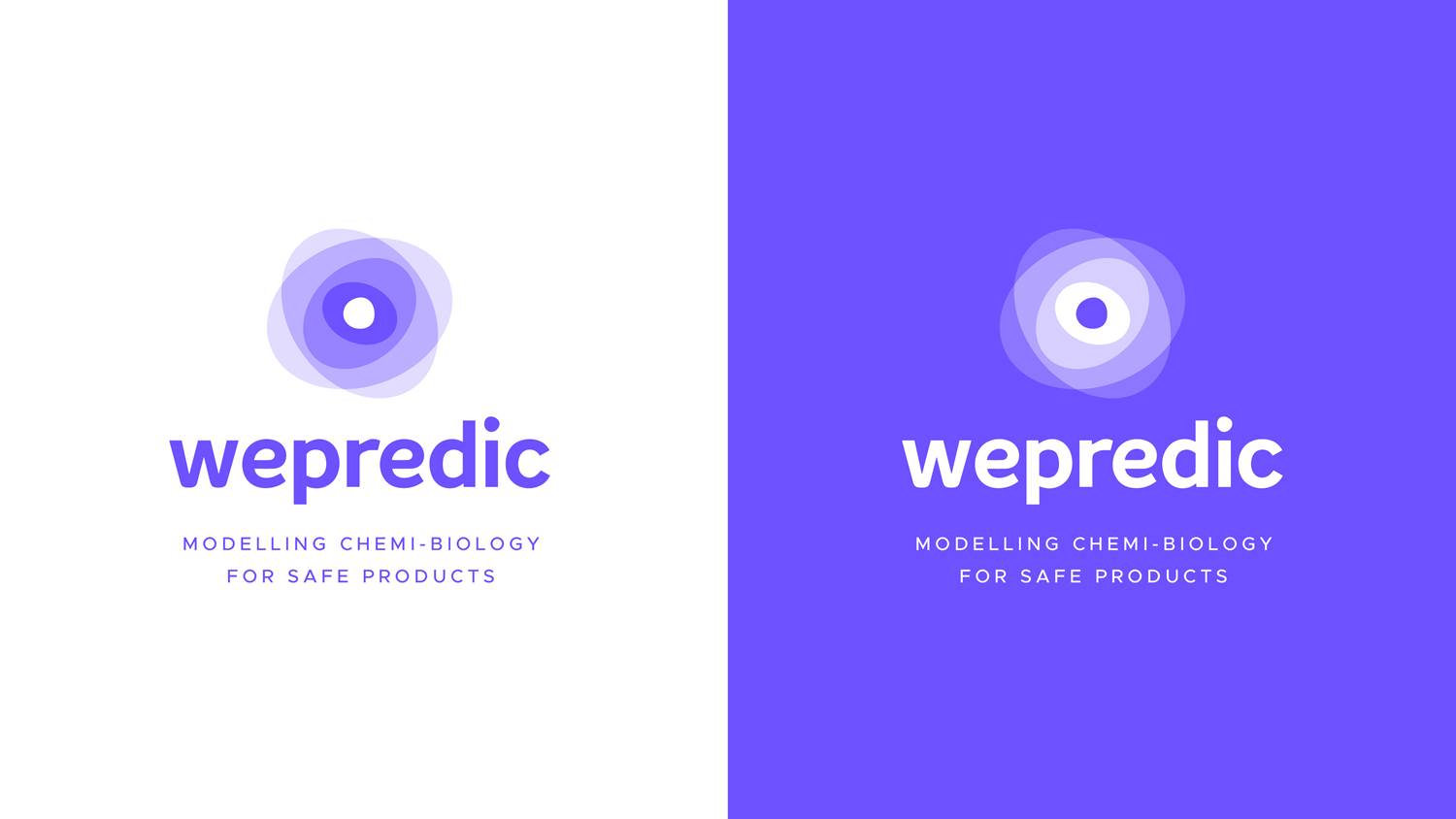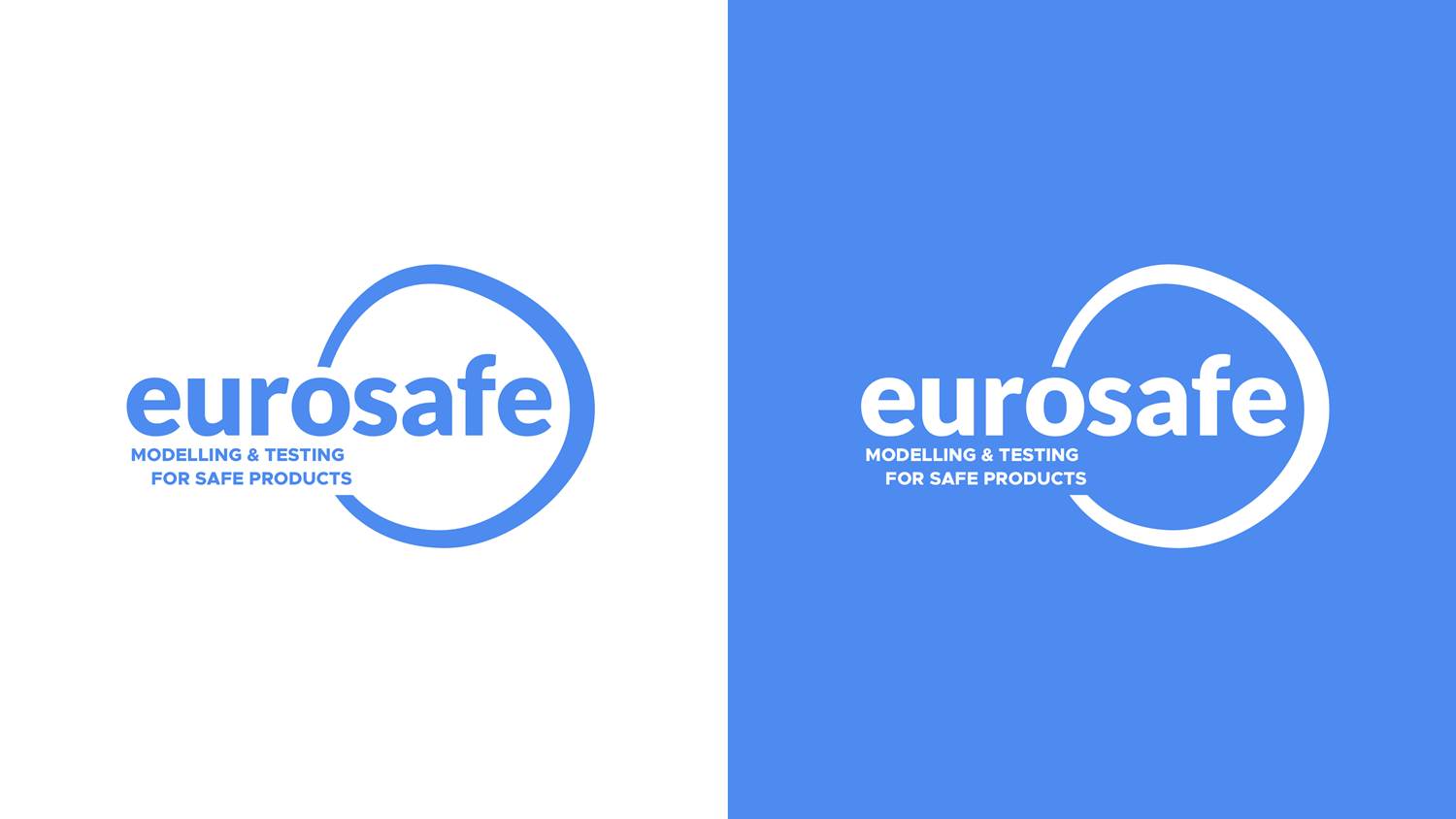What is the cutaneous microbiome? The cutaneous microbiome is the genetic material of all the microbes that live on and inside the human skin environment.
What is the difference with the microbiota? The cutaneous microbiota is all the microorganisms that live in our skin.
What are the variations of the cutaneous microbiome? The cutaneous microbiome changes according to the anatomical areas of the skin, temperature, humidity, and the lipid contents. There are 3 main types of skin microenvironment: oily areas, wet areas and dry areas. The cutaneous microbiota of a person is rather stable in time, but changes a lot from one person to another (interindividual variability).
Why are we interested in the skin microbiome? Microorganisms are essential to the quality of the skin. An imbalance in the composition of the microbiota can cause skin disorders. Various factors, including the use of cosmetics can affect the skin microbiome. It is important today to be able to evaluate the efficacy of these products on the respect of the microbiome.
Which assay did you develop in collaboration with Eurosafe? In collaboration with Eurosafe, we have developed an experimental test protocol on volunteers, treated or not treated with the product. We will determine, by 16S metagenomic sequencing, the bacterial composition of cutaneous samples collected by Eurosafe during use tests. The statistical comparison between the treated zone and the untreated zone will make it possible to conclude that there is no major modification of the microbiota by the test product. Contrary to targeted approaches (culture for example), the metagenomic approach allows us to determine the exhaustive bacterial composition of the samples.
How do the Vaiomer and Eurosafe expertise complement each other in responding to this new service? Vaiomer, CRO based in Toulouse, has developed a unique expertise in the metagenomic study of samples with low bacterial content. Vaiomer offers its solid experience in targeted metagenomic analysis of 16S. Eurosafe, CRO based in Brittany, specialist in safety and efficacy testing of cosmetic products evaluates the cutaneous tolerance through a use test under dermatological control and take cutaneaous samples from the volunteers. Those samples are given to Vaiomer for the metagenomics analysis. The combined know-how of Eurosafe and Vaiomer allow cosmetics companies to evaluate the effectiveness of their products on claims related to the respect of the cutaneous microbiome.


